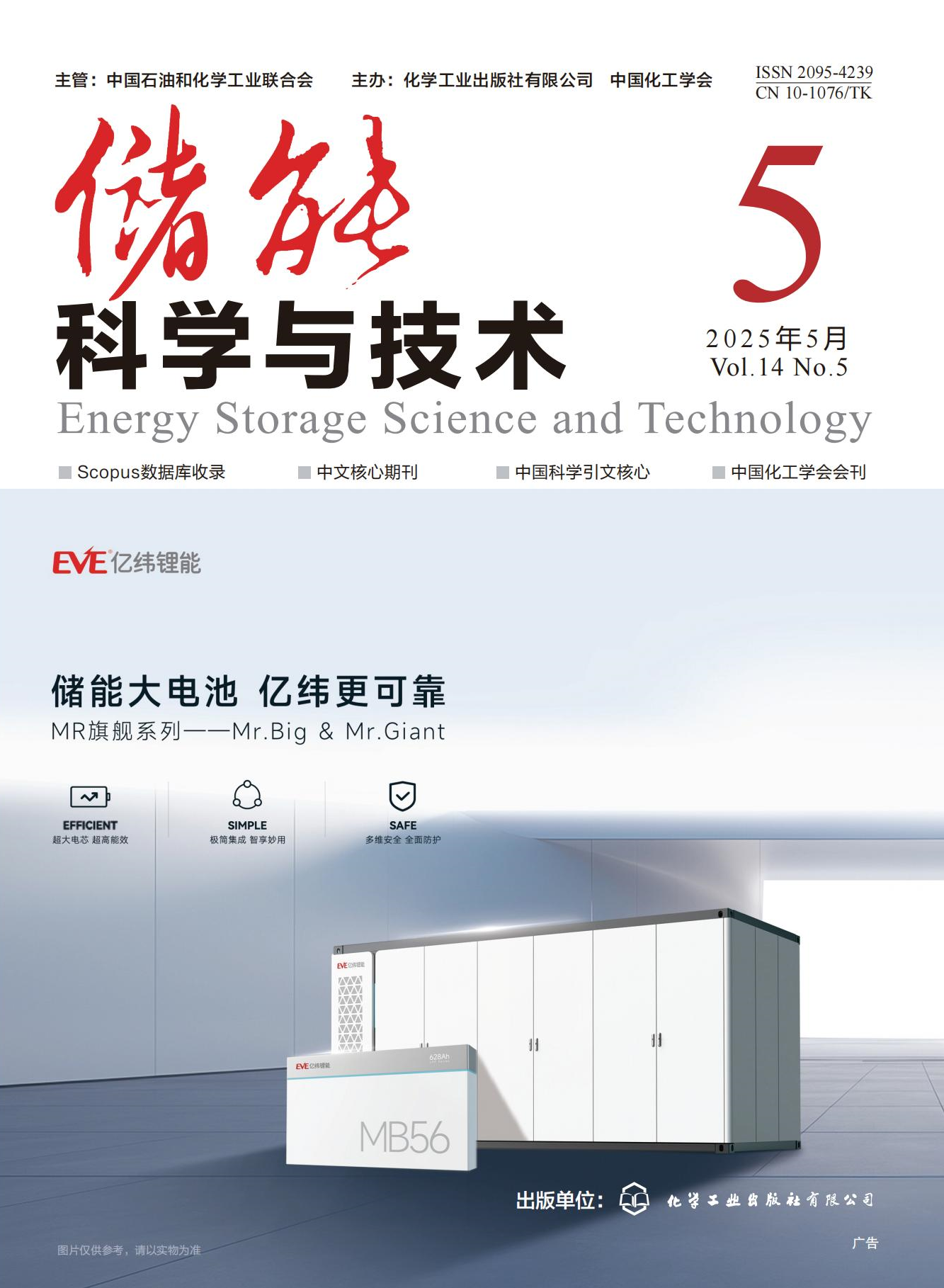|
Reviews of selected 100 recent papers for lithium batteries (Dec.1,2018 to Jan.31,2019)
ZHANG Hua, TIAN Feng, QI Wenbin, JIN Zhou, ZHAO Junnian, WU Yida, ZHAN Yuanjie, YU Hailong, BEN Liubin, LIU Yanyan, HUANG Xuejie
2019, 8 (2):
386-398.
doi: 10.12028/j.issn.2095-4239.2019.0016
This bimonthly review paper highlights 100 recent published papers on lithium batteries. We searched the Web of Science and found 2472 papers online from Dec. 1, 2018 to Jan. 31, 2019. 100 of them were selected to be highlighted. Layered oxide and high voltage spinel cathode materials are still under extensive investigations for studying Li+ intercalation-deintercalation mechanism and evolution of surface structure, and the influences of doping, coating and interface modifications on their cycling performances. Large efforts were devoted to Si and Sn based composite anode materials for analyzing the mechanism for Li storage and SEI formation. The cycling properties of metallic lithium electrode are improved by using different kinds of surface cover layer, substrate and electrolyte additives. In-situ technologies are used to analyze the kinetic process and SEI and theoretical work covers the machnism for Li storage, kinetics, SEI and solid state electrolytes. There are a few papers related to solid state electrolytes, electrolyte additives, solid state lithium batteries, Li/S batteries, and modeling.
References |
Related Articles |
Metrics
|

